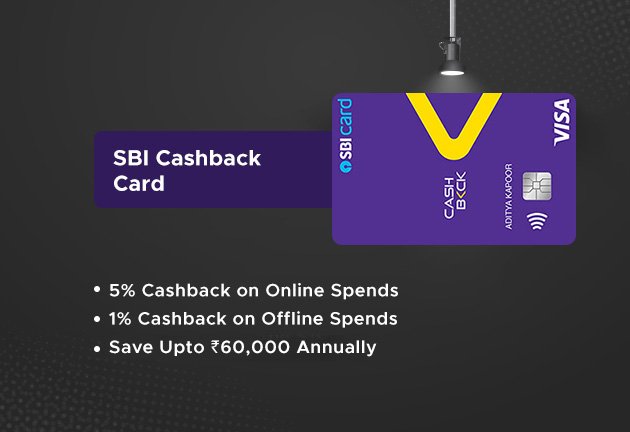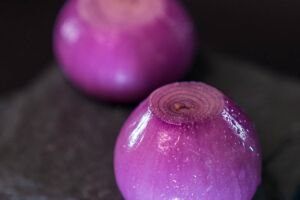When it comes to our well-being, the foods we choose to consume have a significant impact on our health. Recognizing the difference between healthy food and junk food is essential for making informed decisions to support optimal nutrition. In this comprehensive guide, we present a detailed comparison of various healthy food options against their junk food counterparts. Let’s delve into the choices that can lead us towards better nutrition and overall well-being.
As we pursue a healthier lifestyle, the choices we make regarding our diet play a pivotal role in shaping our overall well-being. Gaining a clear understanding of the distinction between healthy food and junk food empowers us to make informed decisions to enhance our nutrition. In this detailed comparison, we present a comprehensive chart showcasing various healthy food options alongside their counterparts in the realm of junk food. Let’s embark on a journey to explore the choices that can lead us to optimal nutrition and improved health.
1. Fruits and Vegetables:
Healthy Food:
- Fresh fruits like apples, bananas, berries, oranges, and watermelon are abundant in vitamins, minerals, and fiber, providing essential nutrients for overall health.
- Vegetables such as broccoli, spinach, carrots, bell peppers, and sweet potatoes offer a wide array of antioxidants, supporting immune function and disease prevention.
Junk Food:
- Fruit-flavored candies, fruit snacks, and artificially sweetened fruit juices often lack the nutritional benefits of real fruits, containing excessive added sugars and minimal nutrients.
- Deep-fried and processed vegetables like potato chips and onion rings are high in unhealthy fats, sodium, and artificial additives, contributing to weight gain and health issues.
2. Whole Grains:
Healthy Food:
Whole grains such as brown rice, quinoa, oats, and whole wheat bread are excellent sources of complex carbohydrates, fiber, and essential nutrients for sustained energy and digestive health.
Junk Food:
White bread, pastries, and refined grain products in cookies and muffins lack the nutritional value of whole grains and may lead to blood sugar spikes and crashes.
3. Lean Proteins:
Healthy Food:
Lean protein sources like skinless chicken, turkey, fish, tofu, lentils, and beans offer essential amino acids, supporting muscle growth, repair, and overall body functions.
Junk Food:
Processed meats like sausages, bacon, and fast-food burgers are high in saturated and trans fats, preservatives, and sodium, contributing to heart disease and other health problems.
4. Dairy and Alternatives:
Healthy Food:
Low-fat or Greek yogurt, milk, and plant-based alternatives like almond or soy milk are excellent sources of calcium, protein, and probiotics, supporting bone health and gut function.
Junk Food:
High-fat ice creams, sugary milkshakes, and processed cheese products are often loaded with added sugars, unhealthy fats, and artificial additives, making them less nutritious choices.
5. Healthy Fats:
Healthy Food:
Avocados, nuts, seeds, and olive oil are rich in healthy fats like monounsaturated and polyunsaturated fats, beneficial for heart health, brain function, and inflammation reduction.
Junk Food:
Trans fats commonly found in fried fast foods, packaged snacks, and baked goods are detrimental to heart health and should be minimized or avoided.
6. Beverages:
Healthy Food:
- Water is the ultimate hydrating option, essential for maintaining bodily functions without adding calories or sugars.
- Herbal teas and freshly squeezed juices without added sugars can be nutritious and hydrating.
Junk Food:
Sugary sodas, energy drinks, and excessive alcohol consumption can lead to weight gain, tooth decay, and various health issues, making them less suitable choices for hydration.
7. Fruits and Vegetables:
Healthy Food:
- Fresh fruits such as apples, bananas, berries, oranges, and watermelon are rich in vitamins, minerals, and fiber, providing essential nutrients for overall health.
- Vegetables like broccoli, spinach, carrots, bell peppers, and sweet potatoes offer an array of antioxidants, supporting immune function and disease prevention.
Junk Food:
- Fruit-flavored candies, fruit snacks, and artificially sweetened fruit juices often lack the nutritional benefits of real fruits, containing excessive added sugars and minimal nutrients.
- Deep-fried and processed vegetables like potato chips and onion rings are high in unhealthy fats, sodium, and artificial additives, contributing to weight gain and health.
Healthy Food and Junk Food Chart

Choosing the right foods is essential for our well-being and vitality. This comprehensive guide helps us differentiate between healthy food and junk food options, empowering us to make better nutrition choices. Prioritizing fresh fruits, vegetables, whole grains, lean proteins, and healthy fats fuels our bodies with vital nutrients for sustained energy and improved health.
By minimizing the consumption of sugary snacks, processed foods, and unhealthy fats, we contribute to better health outcomes. Let this guide be your compass as you embark on a journey towards optimal nutrition and a healthier, happier life. Each meal is an opportunity to nourish your body, so let’s make every bite count for a healthier future.
Conclusion
The stark contrast between a Healthy Food and Junk Food Chart serves as a vivid reminder of the profound impact our dietary choices can have on overall well-being. The two categories represent not just divergent nutritional profiles but also distinct paths towards health or detriment. The abundance of nutrient-rich options in the healthy food category underscores the importance of incorporating a diverse array of fruits, vegetables, whole grains, and lean proteins into our daily meals. These foods contribute essential vitamins, minerals, and antioxidants, fostering optimal physical and mental health.
Conversely, the alarming array of processed and sugary items in the junk food category serves as a cautionary tale. High levels of unhealthy fats, sugars, and additives in these items can lead to a range of health issues, from obesity and cardiovascular problems to energy crashes and diminished cognitive function. The convenience and taste appeal of junk food should be weighed against the long-term consequences it may inflict on our bodies.
Ultimately, the Healthy Food and Junk Food Chart serves as a tool for informed decision-making, empowering individuals to make choices that align with their health goals. Striking a balance and being mindful of the nutritional content of our meals is crucial for promoting a sustainable, healthy lifestyle. By prioritizing whole, nutrient-dense foods and minimizing the intake of processed, unhealthy options, we pave the way for a future where our dietary choices contribute not only to our physical well-being but also to a thriving, energetic, and resilient life.
















